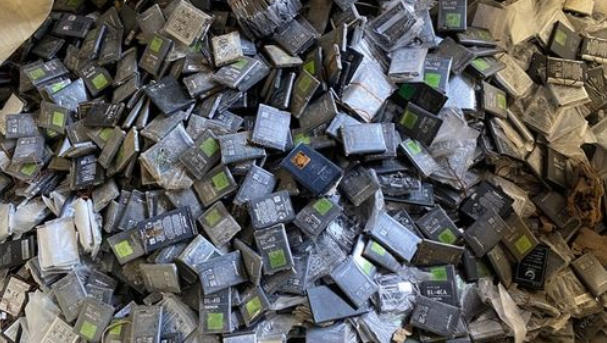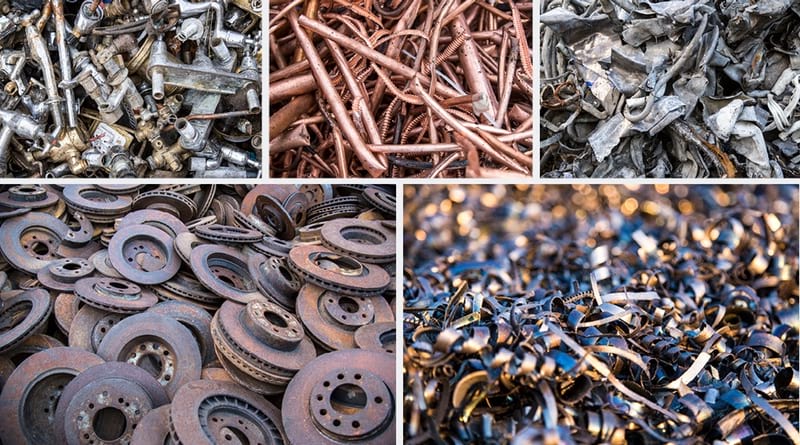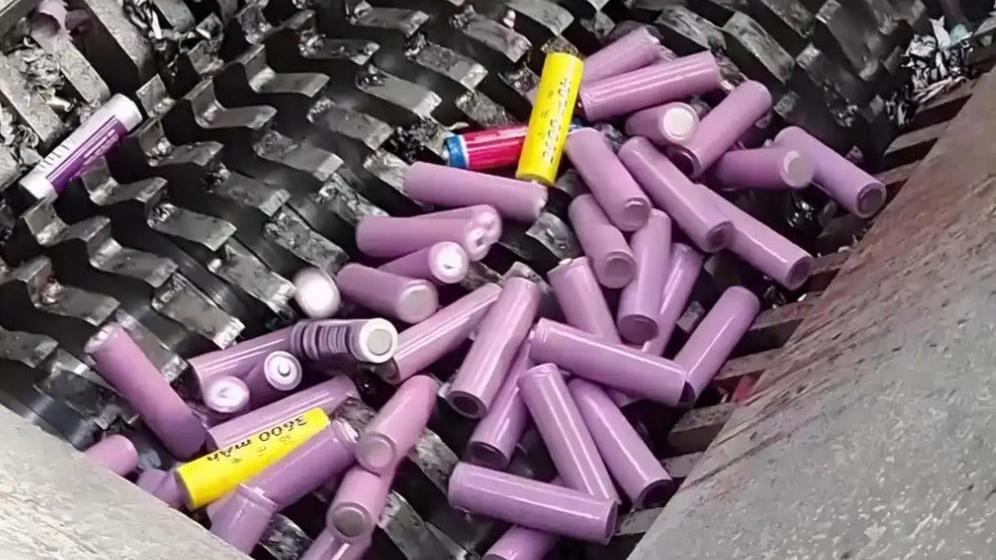Understanding the RDF System in Industrial Waste Processing
In the realm of industrial waste management, Refuse Derived Fuel (RDF) has become a sustainable and cost-effective alternative fuel widely used in cement kilns, power plants, and other high-energy consumption industries. An RDF system refers to a comprehensive solution that converts solid waste into fuel by reducing, sorting, and refining it to meet energy production standards. But what machines are essential to a fully functional RDF system?
Let’s explore the key equipment that makes up a complete RDF production line and how each one contributes to efficient waste-to-fuel conversion.
What Are the Core Machines in an RDF Line?
To effectively transform heterogeneous waste into standardized RDF fuel, the system integrates a series of specialized machines. First, the process begins with conveying and size reduction. Next, sorting technologies separate valuable fractions from unwanted materials. Finally, the refined output is processed into consistent RDF fuel, ensuring both efficiency and environmental benefits.
Chain Plate Conveyor
The chain plate conveyor ensures stable feeding of raw industrial waste into the shredding system. It can handle large loads and irregularly shaped waste, delivering material consistently to the primary shredder.
RDF Shredder Machine – Coarse Shredding Stage
The RDF shredder machine at this stage is responsible for coarse shredding of bulky waste items such as plastics, packaging materials, and textiles. This initial shredding significantly reduces the material size, preparing it for effective downstream sorting.
Belt Conveyor
After coarse shredding, a belt conveyor moves the reduced material to the screening or separation units. This helps maintain a continuous, automated workflow across the entire line.
How Is the Waste Sorted and Refined in the RDF Process?
Trommel Screen
The trommel screen plays a vital role in particle size classification. It separates materials into different size ranges, ensuring only suitable particles move on to the next stages. Larger or unsuitable particles may be redirected for re-shredding.
Air Separator
The air separator uses air flow to classify light and heavy fractions. It efficiently separates lightweight combustibles like plastic films and papers from heavier materials like stones, metals, or glass—essential for producing high-quality RDF.
Magnetic Separator
To further purify the waste stream, the magnetic separator removes ferrous metals such as nails, screws, and scrap iron. This not only protects downstream machines but also ensures the RDF product meets environmental and safety standards.
Fine RDF Shredder Machine
After sorting, the lightweight fraction goes through a fine RDF shredder machine. This machine finely shreds the material to the exact particle size required for RDF, typically 30-100mm, making it suitable for use as an alternative fuel in industrial kilns and boilers.
Final Output and Handling
Discharge Conveyor or Packing System
Once processed, the RDF is transferred via a final conveyor system for temporary storage, direct transport, or baling for easy distribution. This step ensures the RDF product is compact, stable, and ready for delivery to end users.
Conclusion
An efficient RDF system is more than just a single machine—it’s a comprehensive line of RDF machines, each designed for specific roles in the conversion of industrial waste to fuel. From the RDF shredder machine to separators and conveyors, every component plays a crucial part in ensuring a stable, clean, and energy-rich RDF product.
As global demand for waste-to-energy solutions grows, investing in a complete RDF system offers a sustainable path forward—transforming waste into value while reducing environmental impact.



